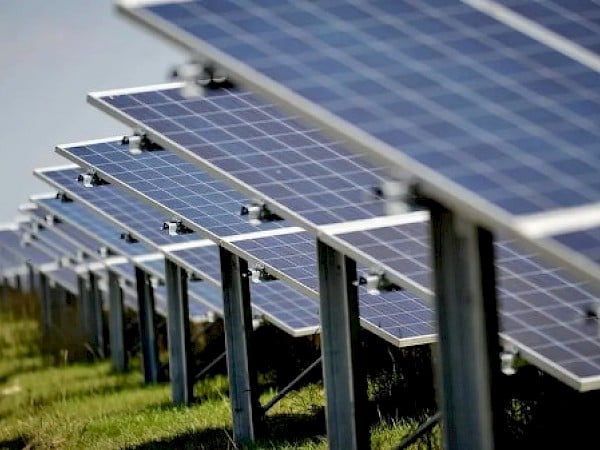Qair, formerly Green Switch Capital, has been granted planning permission for a 49.9 MWp solar power plant in Buckinghamshire.
The 49.9 MWp Straws Hadley Solar Farm will cover approximately 56 hectares and site management will include delivering net biodiversity gain, with an estimated minimum 65% habitat gain and 12% hedgerow gain post-development.
Qair acquired a significant majority stake in UK developer Green Switch Capital in August, adding its pipeline of more than 15 GW – with the first projects scheduled to come online in 2026 – to Qair’s existing portfolio in the UK. That portfolio already includes offshore wind energy, energy from waste and onshore sustainable projects.
Sam Burgess, project manager at Qair, said: “Straws Hadley marks our third solar project approved for planning this year, along with Lark Hill in Rochford and Washdyke Farm in Folkingham. Obtaining a building permit is not just a milestone; it is the foundation for building a brighter and more sustainable future and helps Qair achieve our goal of becoming a leading independent energy producer (IPP) in the UK.”
Buckinghamshire Council approved the construction of Wingrave, despite nearby parish councils expressing concerns. Representatives of Wingrave and Rowsham Parish Council said the glitter of the panels could be “intrusive” to people nearby, and it was suggested the panels could affect the “attractiveness” of the Chiltern Hills.

The planning officer said the overarching public benefits of large-scale renewable energy plans, in line with the government’s clean energy goals, outweighed the project’s disadvantages.
Planning policy changes to support solar energy
Solar Energy UK has welcomed the government’s recent publication of the new National Planning Policy Framework (NPPF) as it makes compliance with the UK’s climate commitments easier.
The new NPPF is firm on the urgent need to reduce carbon emissions, stating that when determining applications, planning authorities must “give significant weight to the benefits associated with renewable and low-carbon energy generation and the contribution of the proposal to a net zero future”.
It has been well reported Solar energy portal that a planning loophole had allowed local authorities to refuse a solar project if it threatened food security. However, Mark Moore, project development and sales director for Iqony SENS, told us that another key issue for local councils was visual impact (as in the case of Qair’s Bucks development).
Moore said: “It’s always visual, but sometimes it’s not something she can see.”
He explained that local residents are often concerned about the visibility of a project from the main roads passing near their area; misconceptions and negative connotations mean that visible solar developments can create a negative image of an area.
The new government’s open support for solar energy has led to a rapid increase in the number of large-scale solar projects receiving approval from municipalities, and NPPF changes should see more variation in size. As with many projects, the Straws Hadley Solar Farm has a capacity only below the threshold that would make it a Nationally Significant Infrastructure Project (NSIP).
Solar Energy UK pointed out that no solar developments with a capacity between 50MW and 99.9MW have been brought forward in England “due to the additional time and resources of the NSIP regime”, although 174 have been built or in the pipeline with a capacity of 49.9 MW. capacity.


